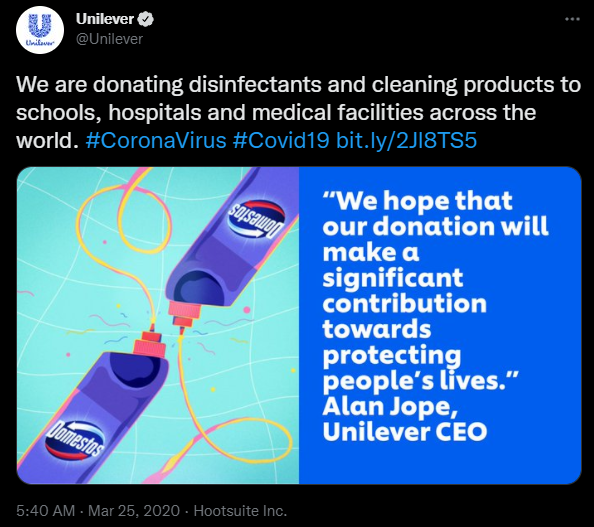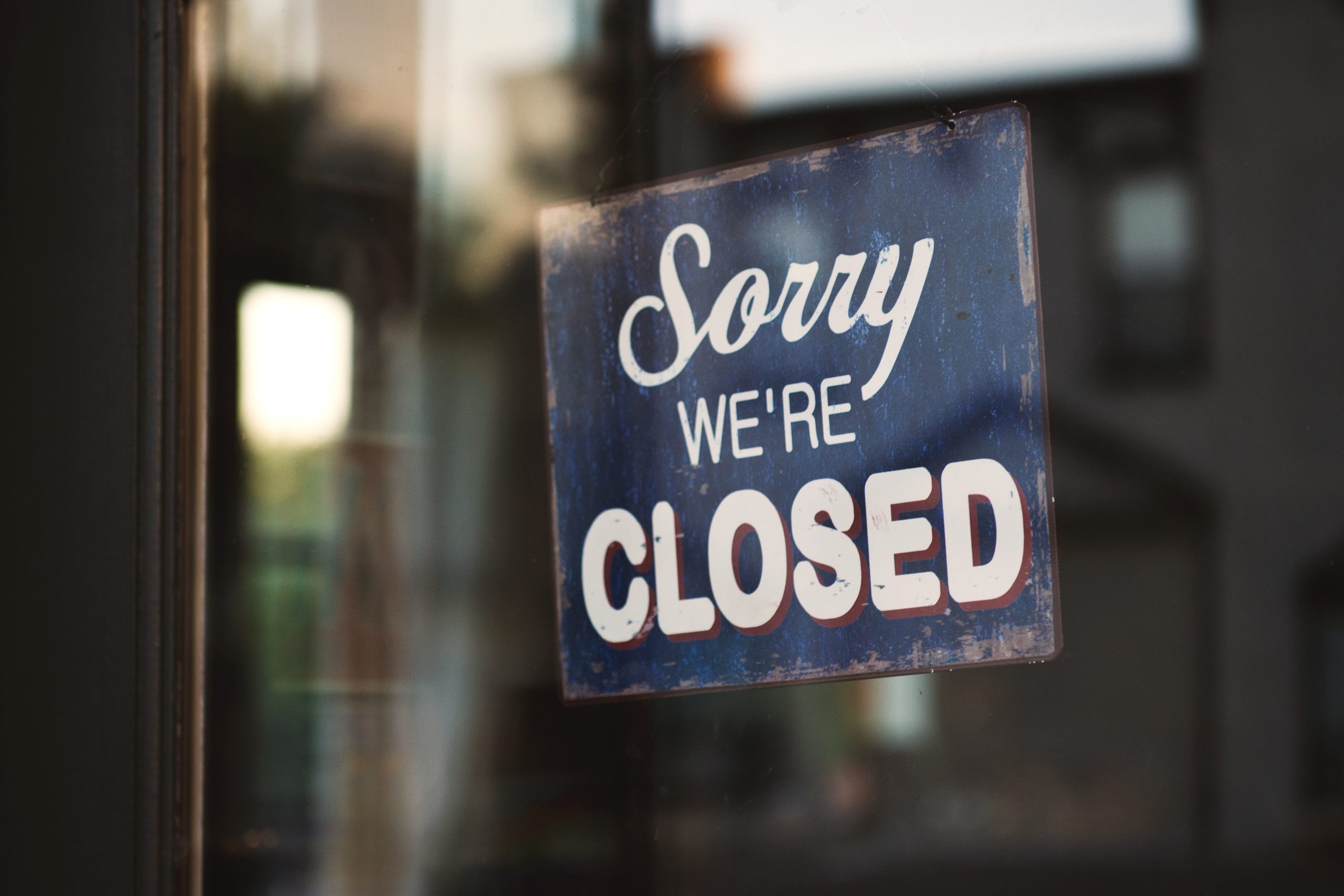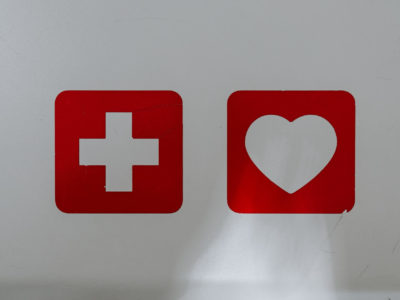The COVID-19 pandemic has adversely affected businesses all over the globe. With strict travel restrictions and lockdowns in place, businesses were faced with supply chain disruptions, health and safety concerns, and more. To successfully adapt to the demands of the new normal, many companies have been forced to adjust their operations, services, and offerings.
To stay afloat during this period, brands have doubled down on their marketing efforts. From increased spending to asserting their presence across multiple platforms, marketers have made use of the ongoing health crisis to put their businesses on the map, thus giving way to new marketing strategies for the new normal. But how exactly did they do it? Read on to find out more.
How Brands Used COVID-19 To Their Advantage
1. Angling consumption as heroism
When the pandemic hit back in March 2020 and quarantine protocols were in full swing, millions were forced to walk on a financial tightrope. The health and logistical challenges caused by the virus greatly affected the stability of businesses and this eventually led to high unemployment rates. To cut costs and ensure business continuity during this period, companies across all industries had no choice but to lay off staff.
Interestingly enough, a handful of businesses used this dilemma to their advantage. To strengthen their brand’s appeal and reach, marketers have made it a point to angle consumption as heroism.
Marketing campaigns providing donations and financial relief to affected parties were all over social media and businesses would continuously tell their audience that buying their products will help them keep their shop going. As a capital crisis, brands who were able to make their customers feel like heroes were eventually able to close on sales.
LARQ’s “Pay It Forward” campaign is a good example of this. By offering a $20 discount off their customers’ purchase price for donation, they collected $18,000 to provide PPE for healthcare workers via Direct Relief.
2. Emphasizing the importance of self-care
The concept of self-care has been put in the spotlight in recent years, even before the pandemic entered the picture. Paying close attention and taking care of one’s mental health is becoming more and more essential in improving an individual’s quality of life. When the COVID-19 crisis rolled in, this proved to be more important than ever since quarantine protocols have put a serious strain on the wellbeing of many.
By catering to a person’s need for self-care, several brands see this issue as a marketing tactic. To ensure effective marketing during COVID19 businesses in fashion and luxury told their audience that their products can help them deal with the harsh realities of the pandemic. In one example, Jolyn, a swimwear brand, reinforces the self-care idea with its “staycation” infographic showcasing its collection.

3. Contributing to social causes
Marketing during the pandemic has also taken a socially active approach in which businesses become involved in social causes. Brands market their products so that consumers buy from them in the name of helping one another, strengthening the narrative of solidarity and togetherness in times of crisis.
Although this practice has already existed prior to the pandemic, it may seem more enticing now as the current generation of consumers is more socially aware than before. For example, some brands partner up with non-profit organizations or charity groups to whom they’ll help. Others promise to contribute a portion of their profits to those most affected.
However, you’ll have to pay close attention to this marketing strategy since it may come off as insincere. More than that, you’ll have to think of how your audience will receive it, especially since this strategy often comes with the criticism that the contribution is usually small compared to the profits earned.
Take, for example, Unilever’s donation drive. As the company is known for several soap and cleaning product brands, it makes sense for them to come into the scene with disinfectants to fight against the virus. With that, they have pledged €100 Million worth of soaps, sanitizer, and bleach to schools, hospitals, and healthcare facilities worldwide.

4. Reliability and problem solving
Following the previous points, other organizations reangle the story of the pandemic as a crisis of logistics. In this case, you often see B2B companies talk about how COVID19 has interrupted their supply chain, causing a drop in profits and a rise in costs. Since their services are more in demand than ever, logistics companies angle their marketing strategies to show that they can provide the necessary solutions.
This marketing strategy certainly resonates with their target audience as it holds a grain of truth. The travel restrictions across borders have impeded the supply chain, making it challenging for a business in times of pandemic to carry on with their operations. Since they’re effectively able to solve problems, this is precisely the reason why companies in the delivery industry have popped up and are thrived.

Lalamove makes its move by showcasing its abilities to help businesses in their supply chain. In this article, they provide tips on how small to medium businesses can survive through the crisis. As a call to action, Lalamove can help businesses face logistical challenges to keep their business going.
5. Thriving through controversy
“Negative publicity is still publicity.”
Indeed—some businesses have dabbled with negative publicity and controversial statements to get their audience’s attention. Even with negative exposure, brands can still gain traction as people talk about them on social media platforms and open discussions of social issues.
For example, some businesses downplay the pandemic as a “staycation” rather than a serious global health issue. This makes them become the talk of the town, and not in a good way. However, businesses still utilize this marketing tactic to make their brand known and gain popularity on social media, even if it’s not a good image for now.
Belo’s #PandemicEffect certainly did not bode well with the public. People took to the internet to open discussions on beauty standards and how this can affect one’s mental health, especially how the pandemic has treated the population. Although it was negatively received by the public, the hashtag was trending and people were talking about the ad.
6 Post Pandemic Marketing Tips
The pandemic has certainly brought numerous challenges to overcome, and many lessons have been learned over the past few years. In the face of the new normal, your brand must be ready to optimize marketing strategies in a post-pandemic world. To help you out, here are a few tips and tricks you may want to consider as you take a step towards the new normal.
1. Strengthen your online presence
With the pandemic forcing most to shift online, people are now spending more time scrolling through their feeds to stay updated and connected. Because of this, social media has become a stronger marketing avenue for your business. Here, you can utilize paid advertisements, content marketing, and more to build your online presence.
This way, you can catch the attention of a wider audience and increase your chances of generating more leads.
2. Practice empathy and personalization
To help strengthen your online presence, creating content that your audience can relate to will surely leave an impression. For example, making social media posts or blogs that tackle their pain points and showing sincere empathy can help you build credibility in the industry and build trust.
More than that, remember to consider the time and context of your target audience so that you won’t publish offensive content, driving away your prospects. With that, you must understand your customers better, including knowing where they are in their buyer’s journey, what content they want to see, what format, and the like.
3.Reassess needs and expectations
Market trends are ever-changing, and no one marketing strategy is a one-size-fits-all solution. Because of this, you must regularly reassess your business needs and manage your expectations to make them fit the situation at hand. This will help you develop the most efficient marketing strategy to quickly adapt and respond to these changes.
4. Inject company values into your marketing campaigns
Genuineness and sincerity have become important factors in a buyer’s purchase decision. Great products aren’t the only selling point of a business—values can also help your buyers choose your brand over competitors. For example, many are starting to live sustainable lifestyles, making them more susceptible to buying products that use sustainable packaging.
By showing what your company stands for and its values, you can make it more relatable for your prospects and help them decide on your products.
5. Take care of your existing customer base
Generating new leads and grabbing the attention of new customers is a must for your business to grow. However, you should not forget to make customer retention a priority. One of the best ways to make your business known is through word-of-mouth, and you can achieve this with the help of your existing customer base.
Improving their customer experience shows that you care about their needs, making them feel heard and appreciated. By doing so, they’re more likely to recommend you to their friends and family as a tried and tested solution and help your business to grow.
New Normal, New Marketing
The consequences of the pandemic can be seen in businesses across all industries. As businesses continue to adjust to the new normal, companies have invested more in their marketing efforts. Through careful planning and a good understanding of their audience, they’ve successfully been able to influence how their consumers perceive the COVID-19 crisis.
Ultimately, these developments have led to the emergence of marketing strategies. Marketers have reevaluated their marketing plans by considering numerous factors, including content, online presence, company values, and customer-centric approaches. If marketing isn’t really one of your core competencies, then partnering with a reliable digital marketing agency like Spiralytics can help your business cut above the rest. Contact us today to grow and adapt through the new normal!






